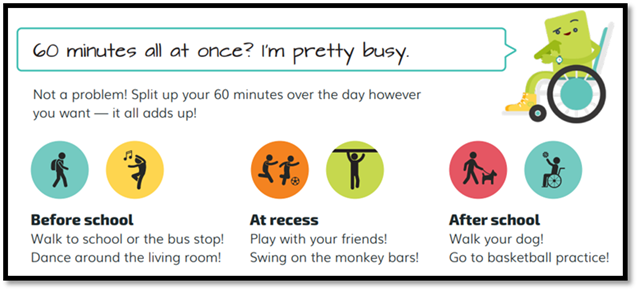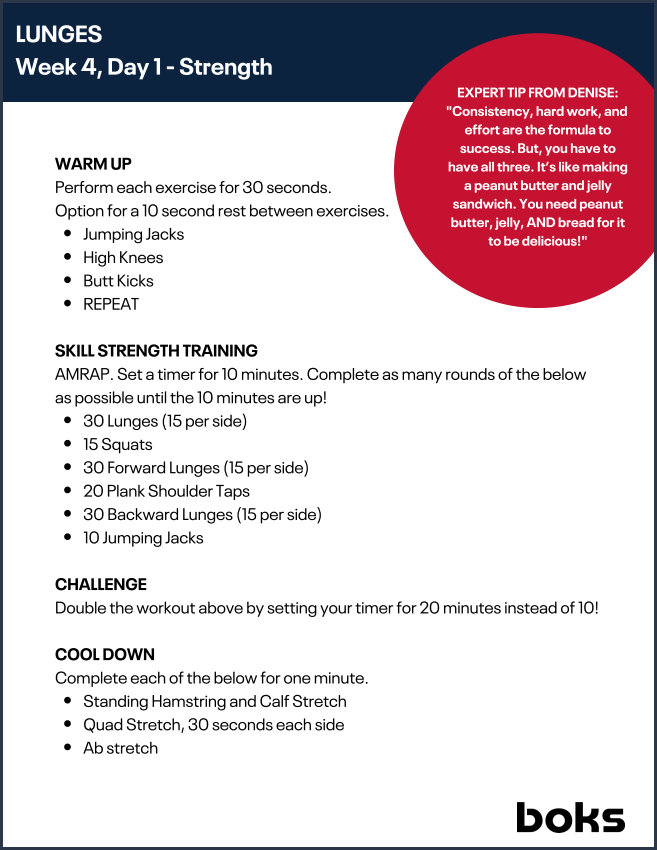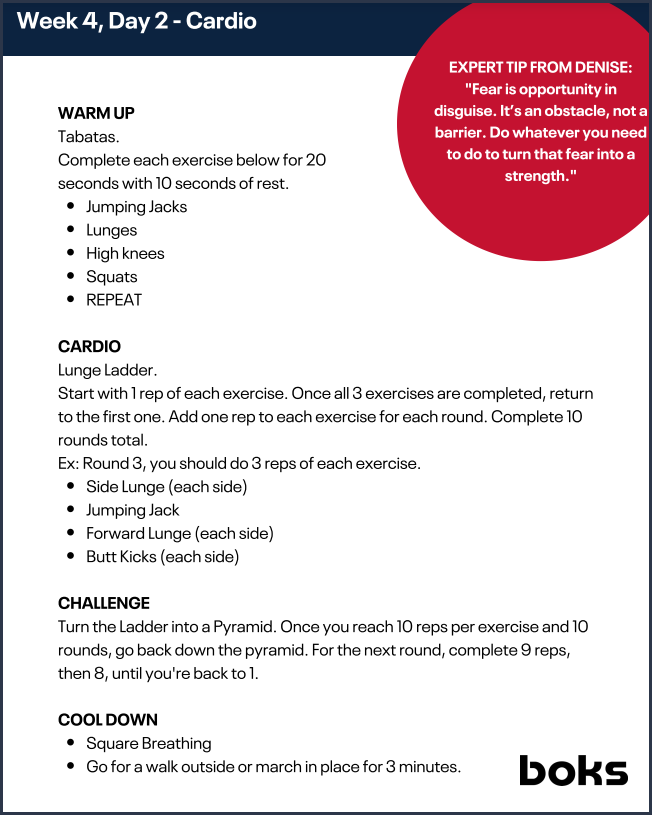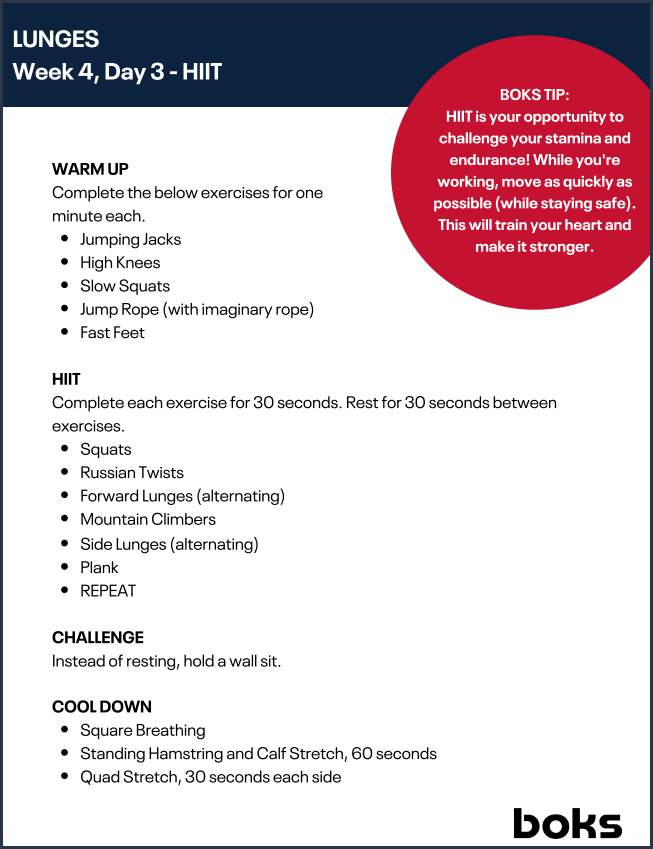Flexibility

Flexibility is a health-related component of
fitness.
Flexibility is the ability to move your joint through a full
range of motion.
As your body ages, muscles, tendons, and ligaments will
stiffen and become less flexible. If your shoulder muscles stiffen, it will
hinder your ability to throw because your arm will not move through the entire
motion. Staying flexible is crucial for health and performance. Improving
flexibility decreases your risk of injury, prevents post-exercise pain, and
helps relieve the effects of emotional tension.
Benefits of Flexibility
·
Maintain
health
·
Maintain
mobility
·
Rehabilitation
from injury
·
Improved
functions
Factors Influencing
Flexibility
·
Heredity
·
Sex
and Age
·
Body
Build
Muscles That Need the
Most Stretching
1. Chest and front of shoulders to
prevent poor posture.
2. Lower back to prevent soreness, pain,
and back injury.
3. Front of hip joints and back of
thighs prevent swayback posture, backache, and pulled muscles.
4. Calf to avoid soreness and Achilles
tendon injury
Range of Motion
Exercise
These exercises require a joint to move through a full range
of motion, powered by either the body's muscles or by a partner.
Static Stretching: involves slowly
stretching as far as you can, without pain, until you feel a sense of pulling or tension
Ballistic Stretching: requires a
series of gentle bouncing or bobbing motions that aren't held for a long time
PNF Stretching: involves contracting
muscles before you stretch them out to help the muscle relax, allowing them to
be stretched easier
Unit 4
Skilled Activity: Lunges
Watch the video below to learn about
the skill of the week!
Additional Unit 4
Exercises
FORWARD LUNGES VS.
BACKWARD LUNGES VS. STATIC LUNGES:
Lunges can be performed by rising and lunging in place.
You can also complete forward lunges by starting with feet
together, then stepping one foot forward into a lunge. Step back to return to
the center.
Similarly, step backward for a Backward Lunge and then return
to starting position.
A static lunge is
where your feet are in a lunge position but don't move -lower the back knee,
rise, and don't move your feet! Lower again, rise, repeat without moving your
feet.
A side lunge:
Stand with feet together. Step one foot out to the side so that the leg that
did not move is straight and the other leg is bent slightly. Be sure your hips
come back as you lunge. Step back to the center.
Lunge Workout #1 – Strength

Lunge Workout #2 –
Cardio

Lunge Workout #3 – HIIT
